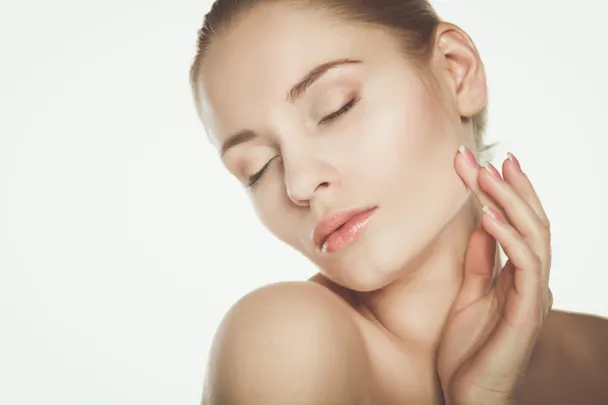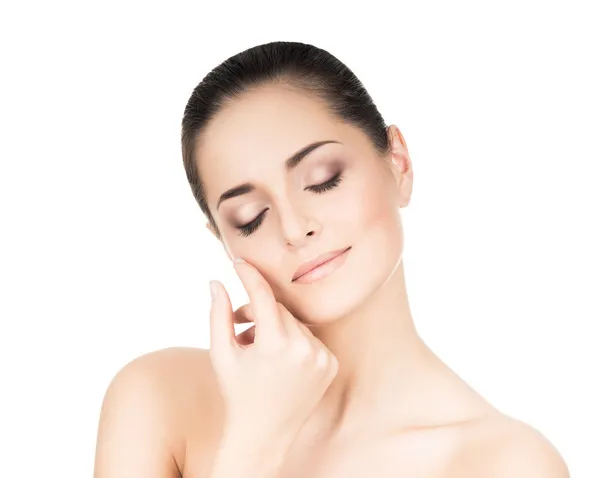Waxing is a popular hair removal method known for its ability to provide smooth, long-lasting results. However, aftercare following a waxing session is crucial to maintain the health and appearance of the skin. While there are many products available that can help soothe and protect the skin post-wax, there are also certain products that should be avoided to prevent irritation, inflammation, or other adverse reactions. In this article, we’ll discuss the products you should never apply to your skin after a wax and why they can be problematic.
Fragranced Products:
Fragranced products are a common part of many skincare routines, often added to provide a pleasant scent. However, when applied to freshly waxed skin, fragranced products can pose potential risks and complications.
Synthetic fragrances found in products like perfumes, scented lotions, or body sprays may contain alcohol or other ingredients that can irritate the skin, particularly after waxing. Freshly waxed skin is more sensitive and vulnerable, and the addition of synthetic fragrances can exacerbate this sensitivity, leading to stinging, burning, or discomfort.
Even if immediate discomfort isn’t apparent, the use of fragranced products post-waxing can still lead to irritation or inflammation over time. To mitigate these risks, it’s advisable to avoid fragranced products for at least the first 24 to 48 hours after waxing.
Instead, opt for fragrance-free alternatives or products specifically formulated for sensitive skin. These products are designed to be gentle and less likely to cause irritation, making them a safer choice for post-wax skincare. By opting for fragrance-free options, you can help minimize the risk of irritation and inflammation, allowing your skin to recover comfortably after waxing.
Exfoliating Products:
Exfoliating is a key step in many skincare routines, helping to remove dead skin cells and promote a smoother, more radiant complexion. However, when it comes to exfoliating after waxing, timing is crucial.
While exfoliating regularly can be beneficial for preventing ingrown hairs and maintaining smooth skin, it’s essential to avoid exfoliating immediately after waxing. Exfoliating products, such as scrubs or chemical exfoliants, can be too harsh for freshly waxed skin, which is already sensitive and prone to irritation.
When you exfoliate immediately after waxing, you risk aggravating the skin and causing irritation or inflammation. The skin’s protective barrier may be compromised after waxing, making it more susceptible to damage from abrasive exfoliants. Additionally, exfoliating products can further exacerbate any redness or sensitivity already present in the waxed area.
To avoid potential irritation, it’s best to wait at least 24 to 48 hours after waxing before resuming exfoliation. This allows the skin time to recover fully and reduces the risk of adverse reactions. During this time, focus on gentle skincare practices, such as moisturizing and protecting the skin, to support the healing process.
Once the skin has had time to recover, you can gradually reintroduce exfoliating products into your skincare routine. However, be mindful of using gentle exfoliants and avoiding overly abrasive or harsh products, especially in the waxed area. By giving your skin the time it needs to heal after waxing, you can help maintain its health and minimize the risk of irritation or inflammation.
Harsh Chemicals:
After waxing, it’s crucial to be mindful of the skincare products you use, particularly those containing harsh chemicals. Ingredients such as alpha hydroxy acids (AHAs), beta hydroxy acids (BHAs), retinoids, and high concentrations of alcohol or astringents can exacerbate skin sensitivity and lead to discomfort or irritation when applied to freshly waxed skin.
AHAs and BHAs are commonly found in skincare products designed to exfoliate and improve skin texture. While these ingredients can be beneficial for many skin types, they can be too harsh for skin that has just undergone waxing. AHAs and BHAs work by exfoliating the skin’s surface, which may cause stinging, burning, or redness when applied to sensitive areas post-waxing. Similarly, retinoids, which are often used to promote cell turnover and reduce acne, can increase skin sensitivity and should be avoided immediately after waxing.
In addition to AHAs, BHAs, and retinoids, products containing high concentrations of alcohol or astringents should also be avoided after waxing. These ingredients have a drying effect on the skin and can further irritate already sensitive skin. Moreover, they may disrupt the skin’s barrier function, leaving it more vulnerable to external aggressors and potential complications such as infection or ingrown hairs.
Tight Clothing: While not a skincare product in the traditional sense, the clothing you wear post-waxing can significantly impact your skin’s health and comfort. Tight clothing, such as snug jeans, leggings, or form-fitting tops, can exacerbate irritation and increase the risk of ingrown hairs following a waxing session.
When you wear tight clothing after waxing, the fabric can rub against the skin, causing friction and potentially leading to redness, inflammation, or ingrown hairs. This friction can be particularly problematic in areas that have just undergone waxing, as the skin is more sensitive and vulnerable to irritation.
To minimize the risk of irritation and ingrown hairs, opt for loose, breathable clothing, especially in the waxed area. Loose-fitting garments allow the skin to breathe and move freely, reducing friction and promoting comfort. Additionally, breathable fabrics such as cotton or moisture-wicking materials can help prevent sweat buildup, which can further exacerbate irritation.
When choosing clothing to wear post-waxing, prioritize comfort and breathability. Opt for loose-fitting garments that allow the skin to recover without unnecessary friction or irritation. By giving your skin the space and freedom it needs to heal, you can help ensure a smooth and comfortable recovery after waxing, allowing you to enjoy the benefits of hair-free skin without discomfort or complications.
Aftercare following a waxing session is crucial for maintaining the health and appearance of your skin and ensuring a comfortable recovery. By following proper aftercare guidelines, you can minimize the risk of irritation, inflammation, and other adverse reactions. Here are some essential tips for post-waxing care:
- Avoid Fragranced Products: Fragranced products, such as perfumes, scented lotions, or body sprays, can contain synthetic fragrances that may irritate freshly waxed skin. Opt for fragrance-free products or those specifically formulated for sensitive skin to avoid potential irritation.
- Steer Clear of Exfoliating Products: While exfoliating regularly is beneficial for maintaining smooth skin, it’s essential to avoid exfoliating immediately after waxing. Exfoliating products, such as scrubs or chemical exfoliants, can be too harsh for freshly waxed skin and may cause irritation or inflammation. Wait at least 24 to 48 hours before resuming exfoliation to allow the skin to recover fully.
- Say No to Harsh Chemicals: Products containing harsh chemicals, such as alpha hydroxy acids (AHAs), beta hydroxy acids (BHAs), retinoids, or high concentrations of alcohol or astringents, should be avoided immediately after waxing. These ingredients can increase skin sensitivity and may cause stinging, burning, or redness. Opt for gentle, soothing products specifically formulated for sensitive skin instead.
- Choose Loose, Breathable Clothing: Tight clothing can exacerbate irritation and increase the risk of ingrown hairs following a waxing session. Opt for loose, breathable clothing, especially in the waxed area, to allow the skin to breathe and minimize friction. Comfortable, loose-fitting garments will help promote healing and prevent discomfort.










